Farmers’ conservation efforts key to reversing bird decline
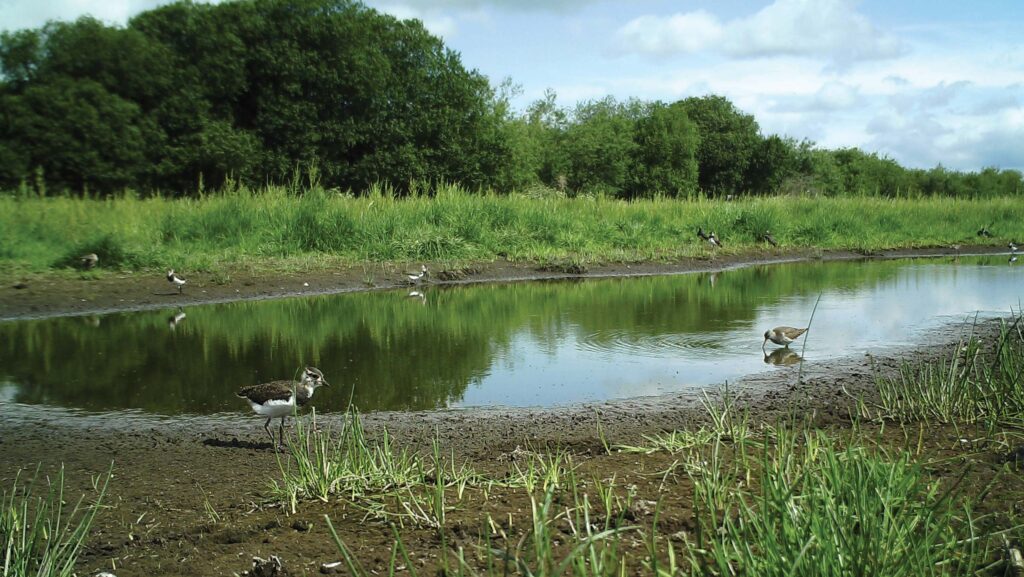 Lapwings at Bisterne Estate in Hampshire © GWCT
Lapwings at Bisterne Estate in Hampshire © GWCT The Big Farmland Bird Count (BFBC), an important annual event for monitoring farmland bird populations, returns this week, providing valuable insights into how farmers’ conservation efforts are benefiting wildlife across the UK.
Over the next fortnight (7-23 February), thousands of farmers across the UK will spend 30 minutes recording the different bird species they see on their land.
The BFBC is organised by the Game and Wildlife Conservation Trust (GWCT) and sponsored by the NFU.
It is essential for monitoring farmland bird numbers, but also showcases how involvement in agri-environment schemes benefits biodiversity
See also: Opinion: Let’s shout about (and count) our remarkable birds
Now in its 11th year, the annual initiative highlights the positive impact of conservation efforts led by farmers, sending an important message to both policymakers and the public.
Despite these efforts, modern farming practices are still frequently singled out as being behind the decline in bird populations.
Defra’s Farmland Bird Index reveals a 61% decline in bird numbers across England and UK agricultural areas since 1970, with a 9% drop seen in the past five years.
This data is based on 19 “indicator species”, such as the turtle dove, grey partridge and corn bunting, chosen to represent farmland birdlife.
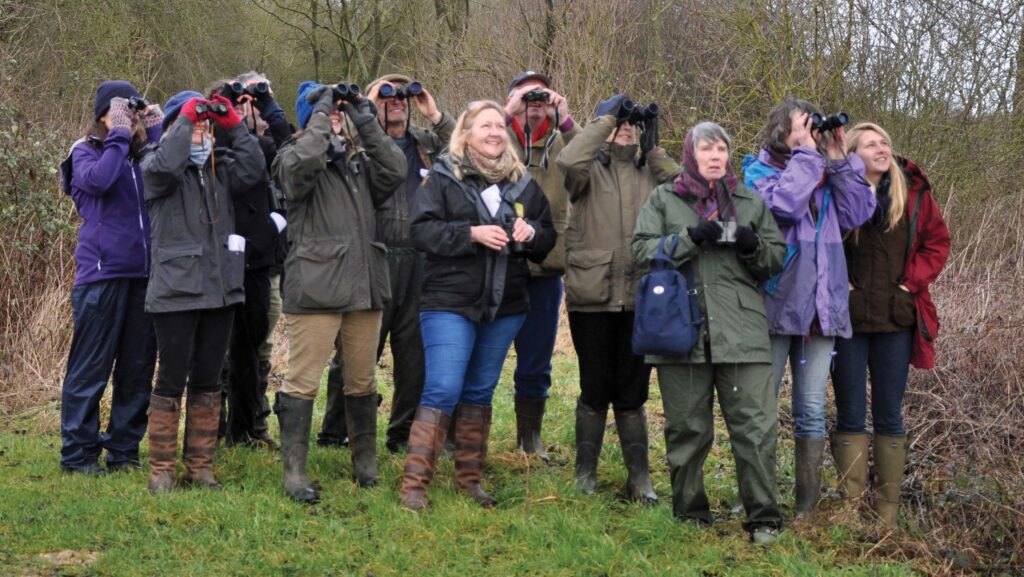
© GWCT
List ‘outdated’
However, the Science for Sustainable Agriculture (SSA) think tank argues that this list is outdated, focusing on species that have been in decline while overlooking others that are thriving.
Carrion crows, chaffinches and birds of prey such as buzzards and red kites are flourishing in agricultural areas, yet they are excluded from the 19-species list.
SSA has raised its concerns in a letter to Defra’s chief scientist, Prof Gideon Henderson, calling for a more inclusive approach.
The letter argues that the current list fails to reflect the full range of bird species benefiting from modern farming practices, which could provide a more balanced view of overall farmland bird populations.
In his response, Prof Henderson defends the 19-species list as a way to maintain consistency in long-term data.
However, he acknowledges that “we do not dispute that overall bird numbers may have remained stable since 1997”.
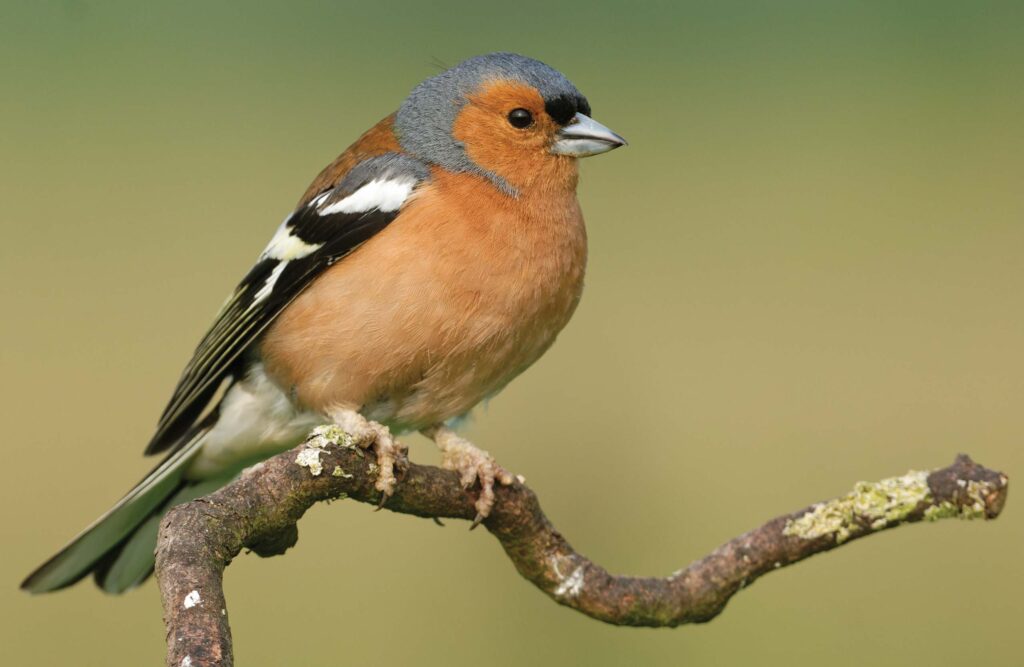
The chaffinch is among species doing well on farmland © Adobe Stock
Prof Henderson also points to changes in agricultural practices that have helped some bird species, noting that declines driven by agricultural intensification during the late 1970s and early 1990s were “historical”.
He suggests other factors, such as disease, could be responsible for more recent declines in some species.
Peter Button of SSA says: “The scientific evidence is clear that historical changes in farming practice, including a wholesale switch from spring to winter cropping, had a huge impact on bird populations.
“More recently, there have certainly been fluctuations, but farming practices should not be singled out as the only factor.”
He adds that factors including disease, urbanisation, climate change, and interspecies competition are part of a more complex story.
“The headline we rarely hear is that overall bird populations in Britain have remained stable since 1997. That’s good news and surely motivates farmers to see what more can be done,” Mr Button says.
He argues that singling out farming practices for the decline of selected species risks alienating farmers who are making a positive impact on biodiversity.
While the Defra report links farmland bird declines to factors including intensive monocultures, pesticide use and the loss of hedgerows, SSA suggests modern farming practices are less damaging than often portrayed.
Agri-environment schemes, including Defra’s Environmental Land Management (ELM) scheme, incentivise farmers to adopt wildlife-friendly practices, such as maintaining field margins, planting wild bird seed crops, and enhancing hedgerows.
RSPB seeks more support
Beccy Speight, the RSPB’s chief executive, warns that current efforts are insufficient to address England’s nature emergency, but believes that, with urgent, co-ordinated action, the UK government can reverse the decline.
However, a recent RSPB report states that agri-environment schemes lack the financial support and ambition necessary to recover farmland bird populations.
Increased investment in higher-tier schemes is needed to drive nature recovery, the charity argues.
Research from the GWCT shows that these schemes have had positive effects, particularly for species such as skylarks and yellowhammers.
The GWCT’s findings demonstrate that targeted conservation measures can lead to localised increases in bird numbers, proving that modern farming can support biodiversity.
Opportunities for farmers
Roger Draycott of the GWCT notes that, with 72% of land in the UK managed by farmers, national nature recovery depends on their active involvement in conservation efforts on their farms.
Mr Draycott says continued government funding for agri-environment schemes is crucial, not only to support British farmers, but also to help the government meet its own legally binding biodiversity targets.
Through schemes such as ELM, farmers now have “excellent opportunities to demonstrate their contributions and deliver significant value for taxpayers’ money”.
In summary, SSA is calling for a more balanced, science-driven approach to monitoring bird populations, arguing that policies should consider a broader range of species and farming practices.
By adopting a more inclusive view of biodiversity, policymakers can create policies that support both farming and wildlife conservation.
While the decline of certain species is concerning, it is crucial to recognise the successes of agri-environment schemes in the countryside.
As research from the British Trust for Ornithology (BTO) and GWCT shows, many species can coexist with farming and, with the right incentives, both farming and biodiversity can thrive.
A more inclusive data collection approach could lead to more accurate and effective policies that support both agricultural productivity and biodiversity.
Ultimately, a balanced, evidence-based approach is crucial to ensuring that farming and wildlife conservation can move forward together.
Conservation efforts bring results in bird numbers
The Yeomans family, who farm at Llwyn y Brain near Newtown in mid-Wales, have been participating in the Big Farmland Bird Count (BFBC) since 2020.
Over just 30 minutes each February, they have identified 70 species on their farmland.
The Yeomans’ approach to habitat management is becoming increasingly important in reversing the decline in some species.
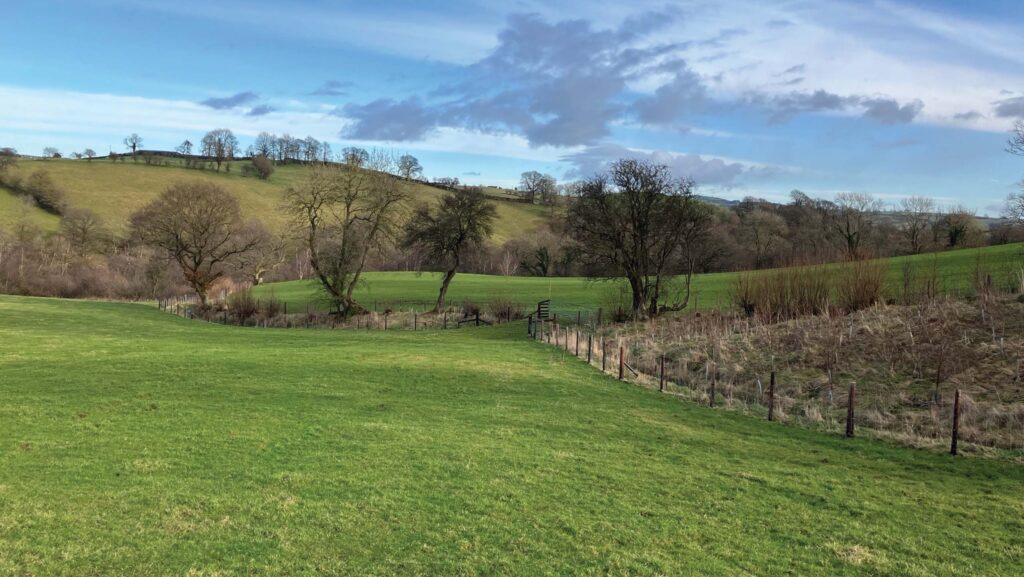
Llwyn-y-Brain © GWCT
According to the Game and Wildlife Conservation Trust (GWCT), the UK has lost 73m wild birds since the 1970s, with farmland birds showing the steepest decline.
Lee Oliver, director at GWCT Cymru, says: “Farming had to change because of the demand for food and cheaper food.
“That’s not the fault of the farmer; there’s been an increase in predators alongside it and changing weather patterns.”
Mr Oliver adds: “Without farmers on this journey, we have no hope of reversing the biodiversity crisis.”
Farmers can help struggling birds, especially in winter, by providing suitable habitats, food and predator management.
At Llwyn y Brain, rotational grazing, reseeding and multispecies leys have boosted wildlife numbers.
The family have planted more than 40,000 trees and hedge plants, and their upland fields feature four to five species within herbal leys.
There has been a significant increase in wildlife, including the return of kingfishers.
“Food can be supplementary feeding, planting hedgerows, or seed-rich cover crops,” says Mr Oliver.
The diverse mix of leys on the uplands not only supports grazing, but also attracts insects, benefiting birdlife.
However, both farmer John Yeomans and Mr Oliver express concerns about the potential impact that the large population of badgers appears to be having on hedgehogs and ground-nesting birds on the farm, especially curlews.
Community shares tips ahead of bird count
Members of the Cefn Coch ATB group, a remnant of the old Agricultural Training Board, gathered at the Adfa Village Hall near Newtown to build bird boxes and learn how to help struggling farmland birds as part of the Big Farmland Bird Count.
Nearly 60 attendees joined the event, organised by Sarah Yeomans, where representatives from GWCT Cymru discussed the challenges farmland birds face during winter.
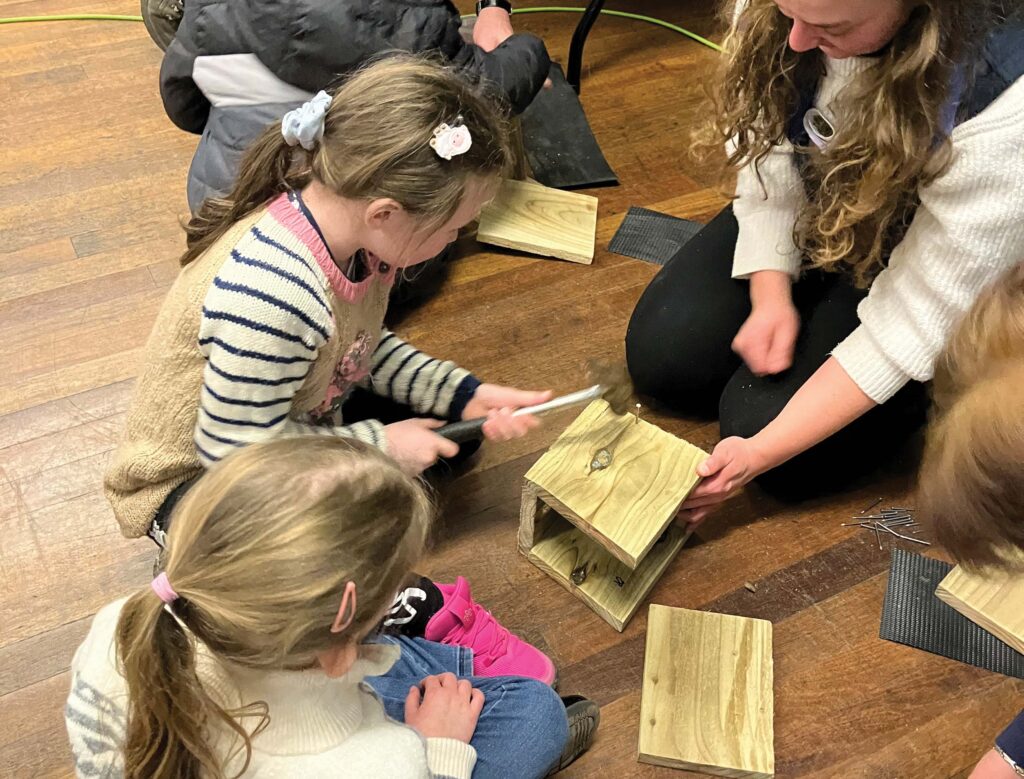
© GWCT
Montgomeryshire farmer Rob Davies, who keeps beef and sheep, expressed his commitment to conservation, saying, “We all want to do our bit and help look after things.
“I don’t want to see anything disappear, and we want to farm alongside nature.”
Gwyn Francis, a former ATB chairman who farms beef, sheep and 32,000 laying hens, added, “We’ve never been against wildlife. We’re getting support now since the curlew has come back.”
Lee Oliver, director at GWCT Cymru, says: “It is really important to get the community involved if we want to help our farmland birds.
“Being able to do something practical, like building a bird box, makes people feel they can make a difference.”
The Big Farmland Bird Count – how to get involved
The Big Farmland Bird Count 2025 invites farmers to spend 30 minutes counting birds on their land from 7-23 February. To take part, register online at www.bfbc.org.uk.
